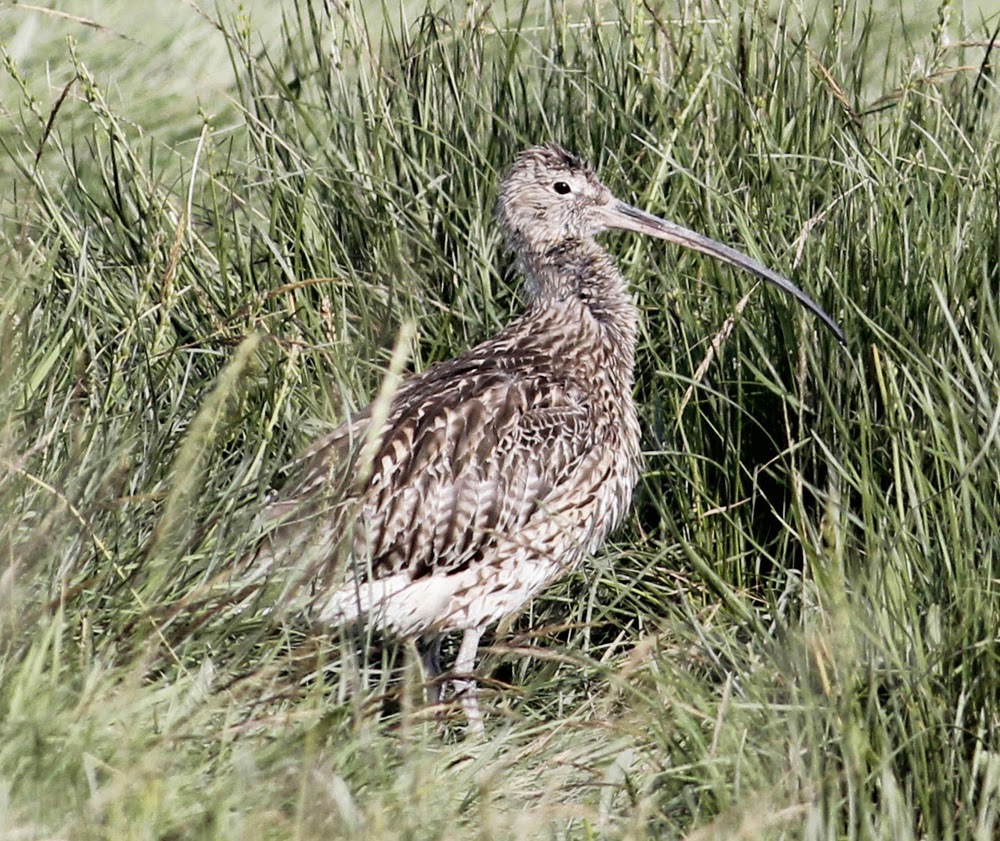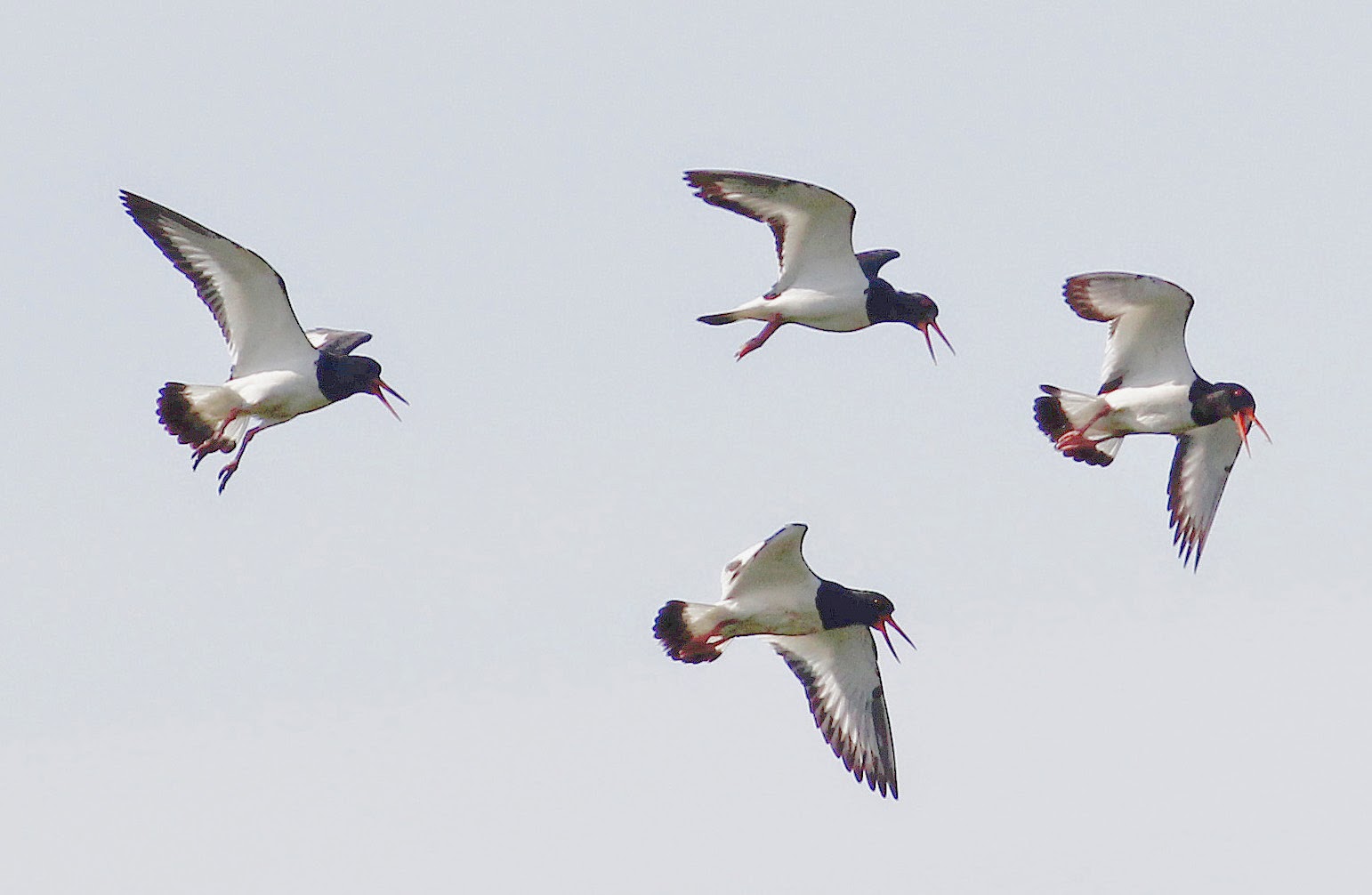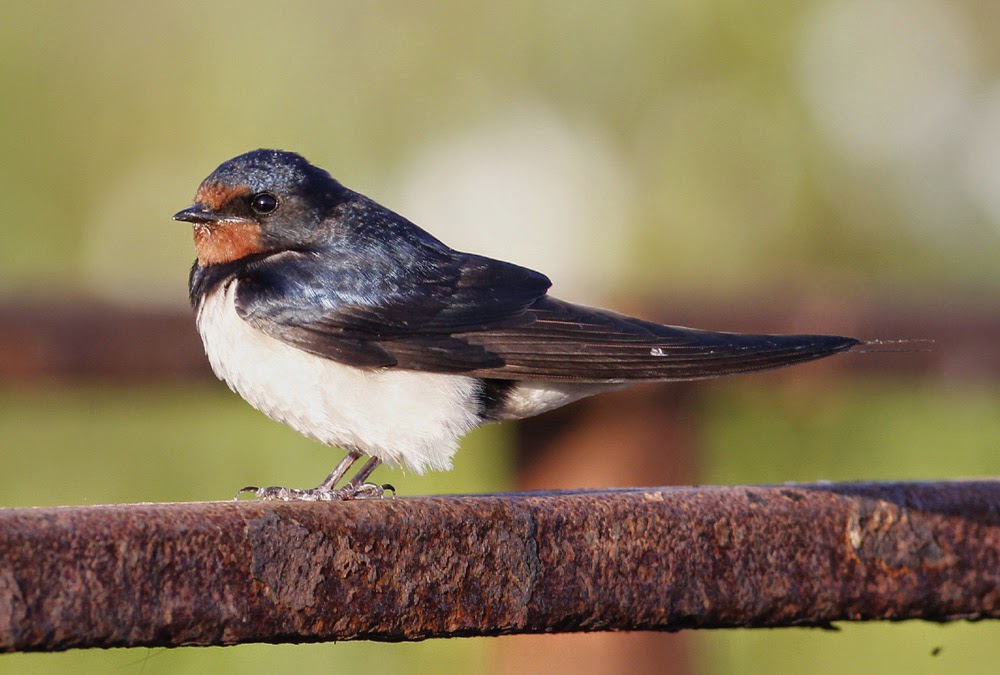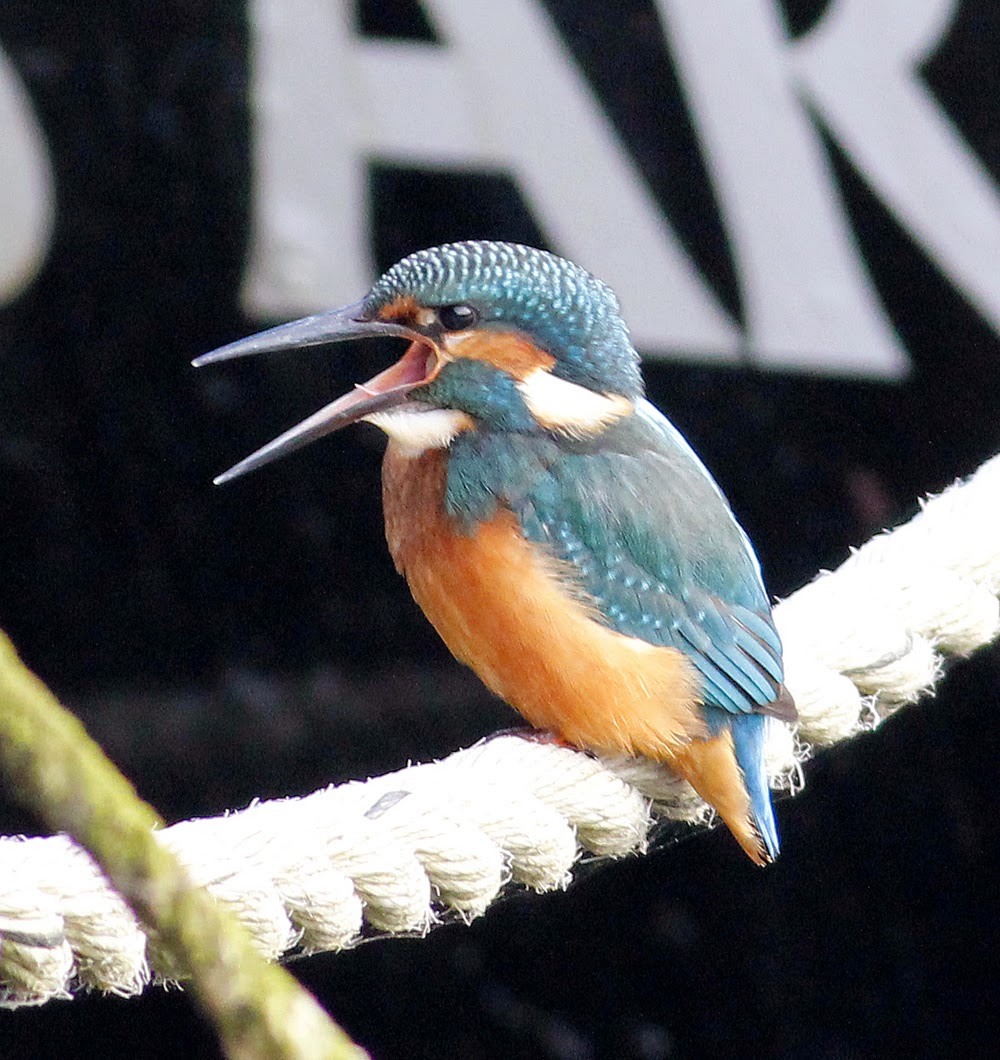More terns on Monday, this time on the Glasson and Conder Green circuit. Even after such a lovely sunny morning I resisted puns and the obvious post title of “Terned Out Nice Again.”
Many people confuse terns with gulls and although related the two families of birds have marked differences. Most terns are elegant, slim and streamlined and are often called "sea swallows" because of their long narrow wings, long forked tails and swift, graceful flight. In general the tern family of birds have long tapering bills and fly with them pointing downward as their keen eyesight scans the water below. Terns take live food but rarely alight on water, and instead plunge headlong into it to capture prey beneath the surface.
Most gull species are scavengers of the highest order, more heavily built than a tern, with broader wings, square or rounded tails and business-like bills equipped for mischief. Gulls are not nearly as good looking as just the average tern. Oops, there goes my honorary membership of The Gull Appreciation Society (GAS).
Common Terns were at Conder Green and at Glasson Dock, two at Conder and a single at Glasson Dock. The latter one was actively fishing both the dock water and the yacht basin, circuiting and then plunge diving into both at such breakneck speed that the autofocus could barely get a fix on it. Luckily there was a gull to practice on.
Although I arrived before the dock opened for operational business with its hustle, bustle and noise, there was no sight or sound of Kingfishers today. A Great Crested Grebe and 4 Tufted Duck sailed in and out of the margins according to activity on the towpath. The birds prefer to feed close to the retaining walls where there is probably a more varied choice of food but where the almost constant pedestrian traffic sends them back to deeper water.
Great Crested Grebe
The terns at Conder Green seem to have adopted a stony, weed infested island, a perfect choice for nesting if only it were Spring. One sat with head just visible looking for all the world like it was at a nest while the other flew around the pool and the creeks for a while before heading off towards the canal and Glasson. Perhaps my three terns is after all a double tern?
Waders and herons: 135 Redshank, 14 Oystercatcher, 9 Common Sandpiper, 3 Greenshank, 2 Black-tailed Godwit, 1 Spotted Redshank, 4 Curlew, 4 Grey Heron, 4 Little Egret.
Wildfowl: A pair of Tufted Duck with 4 youngsters reduced from 10 “newbies” just a week ago, 6 other Tufted Duck, 2 Wigeon, 2 Little Grebe and 2 Shelduck.
Ods and Sods: 9 Pied Wagtail, 2 Stock Dove, 2 Meadow Pipit, 2 Reed Bunting, 1 Greenfinch.
Another Bird Blog will be here again very soon for all the news, views and more photos. Linking today to Stewart's World Bird Wednesday.
Another Bird Blog will be here again very soon for all the news, views and more photos. Linking today to Stewart's World Bird Wednesday.


































































.jpg)












